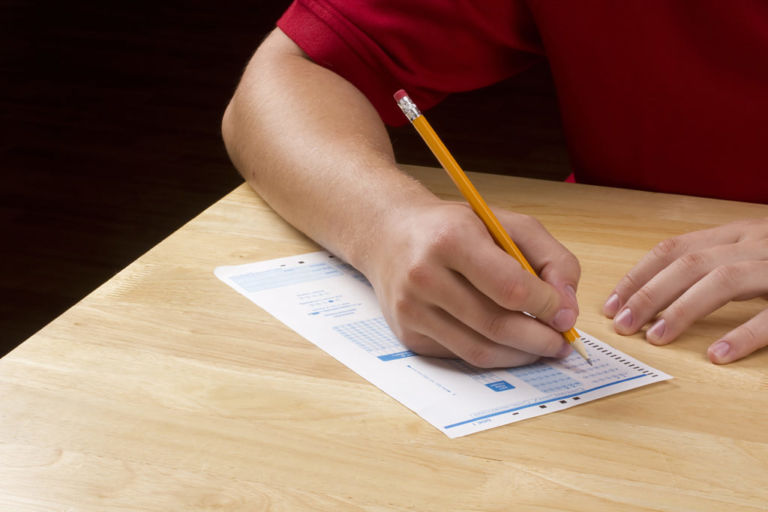Ok, I am being polite when I use the word “challenged.”
In 2009, the National Center on Education Statistics administered the National Assessment of Educational Progress (NAEP) science test to a sample of 4th, 8th, and 12th graders nationwide. A subset of those students were given a series of hands-on tasks and computer tests to assess how well they solved simple and complex scientific problems. Results from the latter assessment were released today.
Major findings from Science in Action: Hands-On and Interactive Computer Tasks From the 2009 Science Assessment included the following:
1. Students were successful on parts of investigations that involved limited sets of data and making straightforward observations of that data.
2. Students were challenged by parts of investigations that contained more variables to manipulate or involved strategic decision making to collect appropriate data.
3. The percentage of students who could select correct conclusions from an investigation was higher than for those students who could select correct conclusions and also explain their results.
Let’s take these one-by-one.
1. Most students answered simple observational questions correctly. Percent correct (median) = 76 percent.
2. Most students could not answer more complex or conceptual questions correctly. Percent correct (median) = 36 percent.
3. Students who answered correctly were more likely to be able to explain why their answers were correct. In other words, most did not get the right answer by chance. Percent correct (median) = 71 percent.
Interestingly, 92% of fourth-graders and 98% of eighth-graders reported that they had teachers who conducted hands-on science activities at least monthly.


